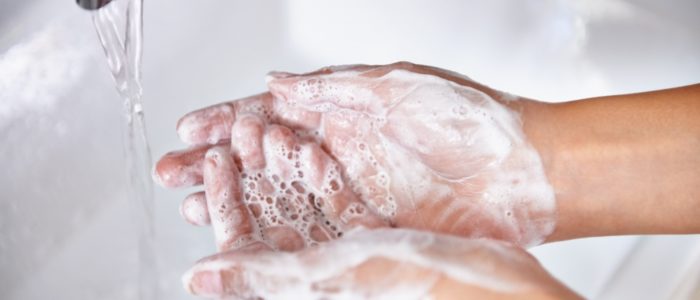Flu activity has reached its highest level in nearly a decade with peak season still to come according to the CDC. It is especially important that we protect those who are most vulnerable, our MGA patients and children, as well as the people our patients rely on – our parents, clinicians and internal office staff. The most commonly circulated tips are still the most effective when it comes to reducing the risk of spreading the flu. While these important measures are well known, our MGA clinicians have some supplemental information to make these flu-fighting tips even more powerful.
- Hand hygiene is key. Wash your hands for at least 20 seconds: all surfaces, between your fingers, and under nails using vigorous friction for 20 seconds (sing Happy Birthday to yourself, twice, at normal speed). If/when using a hand sanitizer, it should be a 60%-95% ETOH concentration per the CDC. Hands should be thoroughly saturated and rubbed together until the hands are dry. If hands are dry in less than 15 seconds, an insufficient amount of hand sanitizer was used.
- Try not to touch your eyes, nose, or mouth. Germs are most easily spread by touching your face. Most of us would be quite surprised if we noticed just how often we do this throughout the day. Get adequate sleep, eat healthy, and move a little.
- Give your immune system a fighting chance with plenty of sleep. Include extra vegetables, citrus fruits, and lean protein in your daily diet. Moderate exercise is fine, but strenuous workouts can actually tax your immune system, making you vulnerable to illness.
- Avoid or limit contact with infected people. Whether you’re a parent, clinician, or both, this is VERY challenging! If your child or patient is especially susceptible to respiratory infection, one option is to wear a mask and gloves when caring for them. Make sure to change your gloves often, performing hand hygiene with each glove change. Also, avoid crowded areas like airports and busy stores whenever possible.
- Disinfect all objects and surfaces that could possibly be contaminated with germs/viruses.The flu virus can live on solid surfaces up to 24 hours. Disinfectant wipes are one way to clean doorknobs, counters, the remote control, refrigerator handles as well as any and all commonly touched surfaces that may have been compromised or exposed.
- STAY HOME IF YOU ARE SICK. If you’re sick with a flu-like illness, CDC recommends that you stay home for at least 24 hours after your fever is gone. To clarify, your fever should be gone for at least 24 hours without the use of a fever-reducing medication.
Did you find these tips helpful? Share them with your social network:

